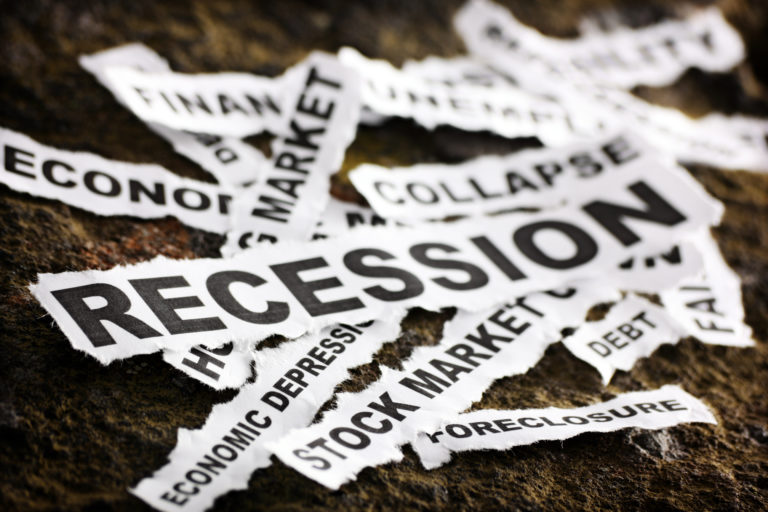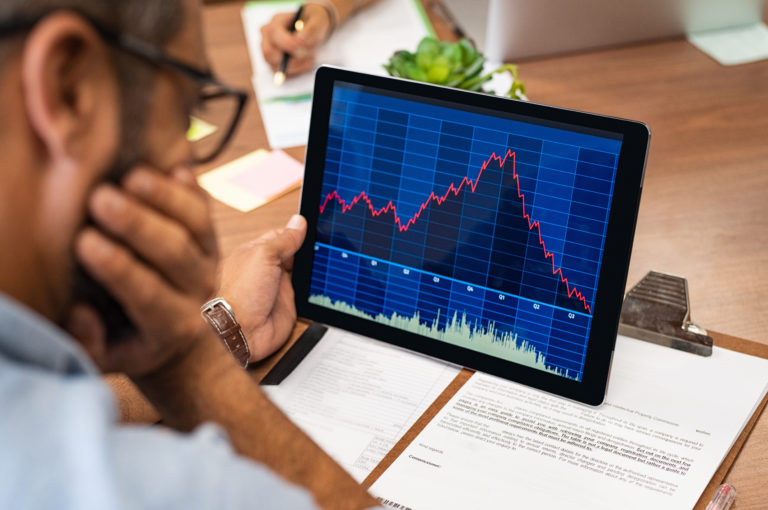Investors have the ability to move certain assets in order to create a financially beneficial environment for their retirement. Whether they are an account owner, a spouse, an eligible ex-spouse, or a non-spouse beneficiary, there are a number of options available when it comes to moving assets that belong to some type of IRA account or workplace retirement plan. These options include rolling over assets from one retirement plan to another, converting a retirement plan into a different type of retirement plan, and transferring funds between two similar retirement plans. When it comes to the portability of certain assets, there are some restrictions and stipulations that are occasionally updated by the Internal Revenue Service. For IRA owners, it is important to stay on top of these regulations to avoid any potential complications with your accounts.
Rolling over assets from one retirement account to another is typically done in one of two ways. The first is a direct rollover, in which case a plan sponsor, be it a 401(k), will write a check payable to an eligible traditional IRA institution, and the funds are rolled over into the new account. Since the money never physically enters the possession of the account holder, the IRS does not consider a direct rollover to be a taxable event. However, if the workplace retirement plan is being rolled over to a Roth IRA, the funds would be subject to federal income taxes prior to going into the account.
The other way that funds can be rolled over from one retirement plan to another is indirectly. Instead of the original retirement plan, such as a 401(k) writing a check payable to the new IRA sponsor, the check is made payable to the account holder. When this is the case the account holder has up to 60 days after receiving the distribution to roll those funds over into an eligible IRA account. Since this type of rollover places the funds in the hands of the account owner, the IRS considers this to be a distribution from the original account, thus creating a taxable event. In order to avoid paying taxes on the distribution, the account holder must roll the funds into an eligible IRA account before the 60-day period expires.
Furthermore, rollover funds must be reported to the IRS in your tax filing each year to avoid discrepancies and potential penalties if not completed correctly. It is also important to remember that a Roth 401(k) cannot be rolled over into a traditional IRA and a Roth IRA cannot be rolled over into a traditional 401(k) because taxes are assessed prior to the funds being invested in Roth accounts. Additionally, only one rollover event is allowed to take place per year and if the account owner is over the age of 72 and taking required minimum distributions, those mandated withdrawals are not eligible to be included in a rollover of funds. In the event that ineligible funds are rolled over into a retirement account, a penalty from the IRS would be assessed unless the problem is corrected.
When an account holder wishes to move funds from similar retirement accounts like a traditional IRA from one institution to another traditional IRA at another institution, they would complete a transfer of funds. Fund transfers can only occur between two IRA accounts or 401(k) accounts that are exactly the same; therefore, an investor cannot transfer funds from a traditional IRA to a traditional 401(k), which would require a rollover of funds. Transfers are simple, non-taxable events that are facilitated by the two active plan sponsors. Thus, if an investor wanted to move a Roth IRA from one institution to another Roth IRA at a separate institution, they could do so by way of transferring the funds.
The investor could also transfer the funds from the original institution to several other institutions as long as the account types were all the same — in this case, a Roth IRA. Unlike limitations on rollovers, an unlimited number of transfers can occur in any given year because the type of retirement account does not change and therefore the IRS does not consider the changing of institutions to be a taxable event. There is also no 60-day limit on transfers because the transaction is facilitated by the two institutions that are moving the funds. Furthermore, if required minimum distributions are being withdrawn from the IRA that is being transferred, the transfer can still be enacted because the type of account is not changing.
There are, however, limitations on who can transfer and rollover funds. An account owner and the spouse beneficiary of an account owner have the ability to transfer funds between like accounts, as well as rollover retirement funds. Eligible ex-spouse beneficiaries, as well as non-spouse beneficiaries, only have the ability to transfer inherited assets between like accounts.
The final way that assets can be moved from one retirement plan to another is by converting the funds of a traditional account into a Roth account. A conversion serves the purpose of taking a tax-deferred account like a traditional 401(k) or IRA and paying taxes on those funds at the present date so the money can grow tax-free in a Roth IRA for the life of the vehicle. This kind of conversion cannot happen the other way around, in which a Roth account would be converted to a traditional account because taxes have already been applied to the funds in a Roth account. Converting a traditional IRA to a Roth IRA can be completed similarly to a rollover in which the institutions can move the funds directly or indirectly.
When a direct conversion occurs from a traditional account to a Roth account, there is no 60-day stipulation, however federal income taxes must be paid on the conversion of funds. If the funds are converted indirectly, just like an indirect rollover the current institution will write a check payable to the account owner and the owner will have up to 60 days after receiving the distribution to convert those funds to a Roth IRA, as well as paying taxes on the conversion. There are other stipulations when it comes to converting funds from a traditional account to a Roth account and that includes who is eligible to make that conversion. According to the IRS, conversions may only be executed by the account owner, a spouse beneficiary, or an eligible ex-spouse beneficiary. A non-spouse beneficiary only has the option to roll over the inherited funds, they cannot convert to a Roth account.
The portability of IRA assets and the regulation thereof are constantly changing from year-to-year, and it is imperative that IRA owners and their beneficiaries stay up to date with the changes that do occur. Not doing so can subject you to penalties and create a potential tax nightmare. Moving your assets from a workplace retirement plan to an IRA, or simply moving funds between IRA accounts, can be facilitated by meeting with a licensed retirement phase expert who can ensure that the process is completed smoothly and accurately to avoid the potential pitfalls with the IRS.



















